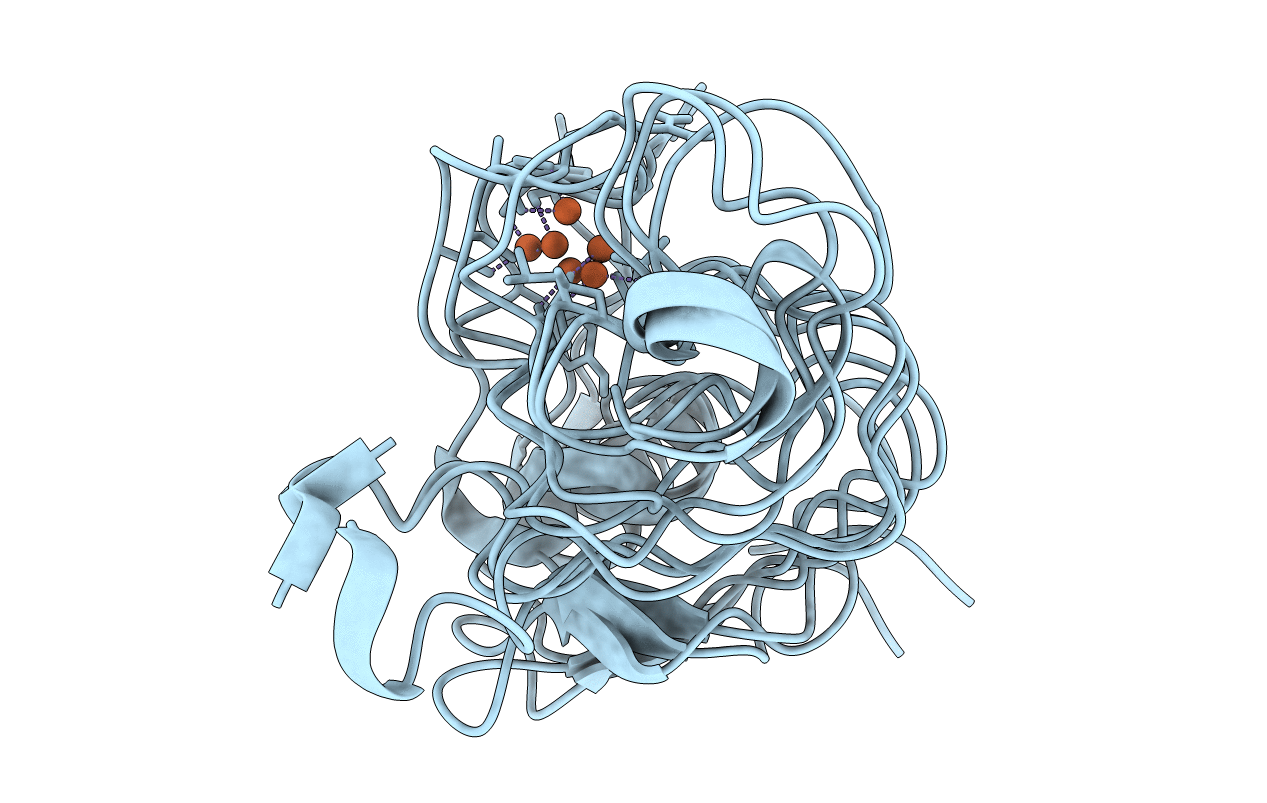
Deposition Date
1995-09-14
Release Date
1996-03-08
Last Version Date
2024-11-20
Entry Detail
PDB ID:
1DOY
Keywords:
Title:
1H AND 15N SEQUENTIAL ASSIGNMENT, SECONDARY STRUCTURE AND TERTIARY FOLD OF [2FE-2S] FERREDOXIN FROM SYNECHOCYSTIS SP. PCC 6803
Biological Source:
Source Organism:
Synechocystis sp. (Taxon ID: 1148)
Method Details:
Experimental Method:
Conformers Submitted:
3


